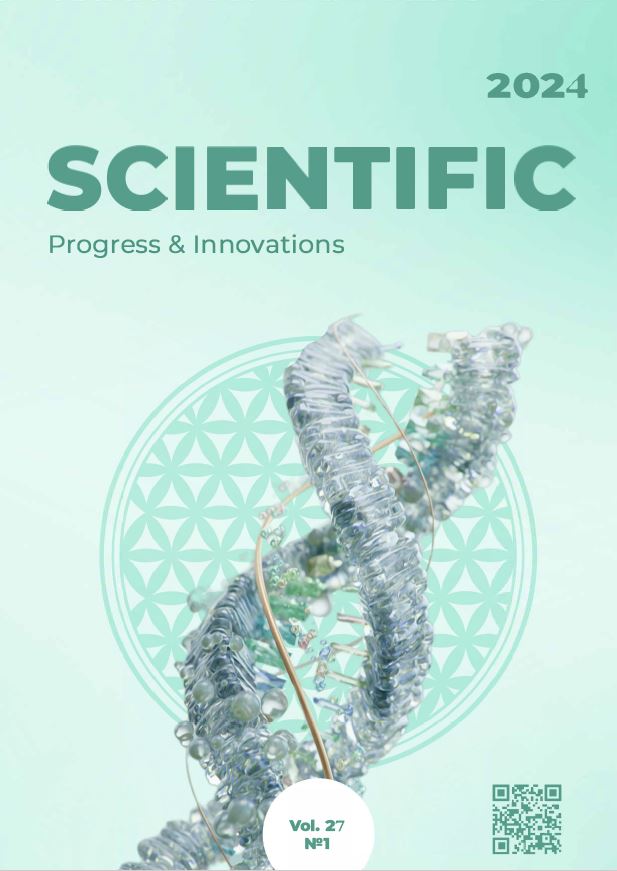Mathematical and statistical analysis of interdependences of parasites of the intestinal canal of pigeons (Columba livia domestica Gmelin, 1789)
DOI:
https://doi.org/10.31210/spi2024.27.01.24Keywords:
structural biodiversity, parasitocenosis, correlation, intestinal invasions, pigeonsAbstract
The paper presents the results of a mathematical and statistical analysis of the interdependencies of pathogens for parasitocenosis of the intestinal canal of pigeons. The purpose of the research was to find out the peculiarities of the distribution, biodiversity and interdependence of the causative agents of parasitocenoses of the intestinal canal in pigeons of private farms in the Kharkiv region. Epizootological, parasitological, coproscopic – (helmintoscopic, helmintoovoscopic), mathematical and statistical methods of correlation and two-factor analysis were used. The structural biodiversity of parasitocenoses of the intestinal canal of pigeons was determined. 9 types of pathogens were identified, of which 4 types of protozoa – types Apicomplexa, Zoomastyophora and 5 types of helminths – 4 species of of nematodes of the classes Adenophorea, Secernentea, 1 species of the class Cestoda, manifestations of monoinvasions among 13.82 %, – Eimeria spp. (EI – 6.91 %) and mixed two-, three- and four-component infestations (parasitocenoses) among 45.62 %, or 76.25 % of the number of infested pigeons. The identified main (dominant) components are Eimeria spp. (VIP) – 43.45 % and Capillaria spp. (VIP) – 33.07 %; secondary – Ascaridia columbae (VIP) – 15.93 % and Trichomonas gallinae (VIP) – 4.77 %, and additional species – Raillietina tetragona (VIP – 1.97 %) and Trichosngylus tenuis (VIP – 0.77 %) of parasitocneosis intestinal canal of pigeons. Established correlational interdependencies between pathogens – very high and high correlation between Eimeria spp. and nematodes and cestodes; between nematodes: Ascaridia columbe and Capillaria spp. and Trichosngylus tenuis; very weak correlation between Eimeria spp. and Trichomonas gallinae, as well as between Ascaridia columbae, Capillaria spp. and Trichomonas gallinae, which indicates, respectively, the presence of synergistic and competitive relationships between the components of parasitocenoses.

 Creative Commons Attribution 4.0 International Licens
Creative Commons Attribution 4.0 International Licens